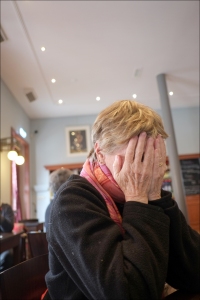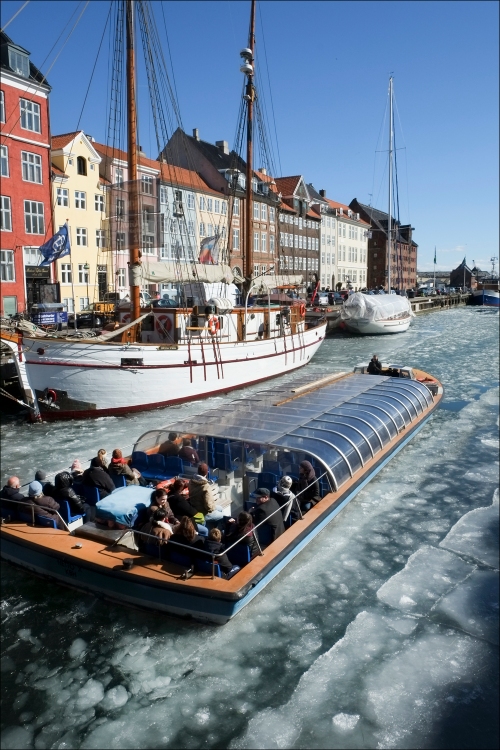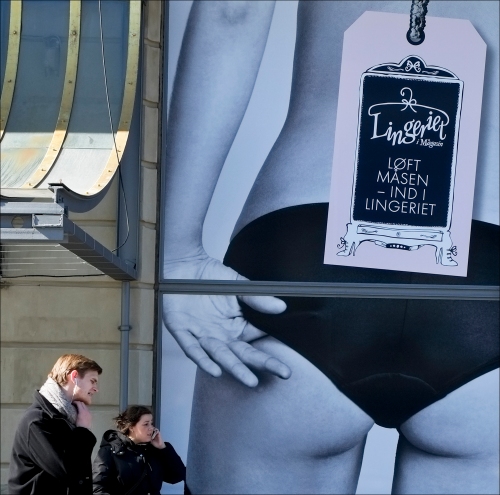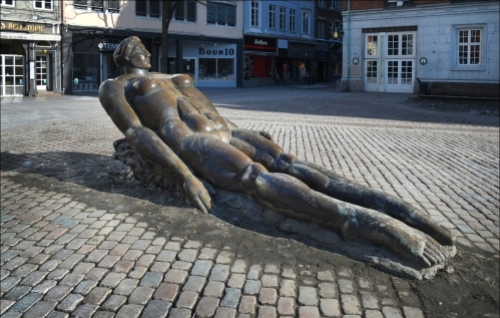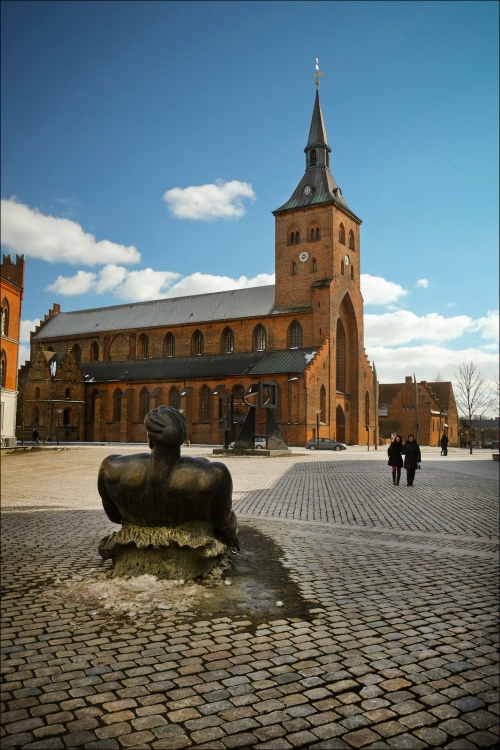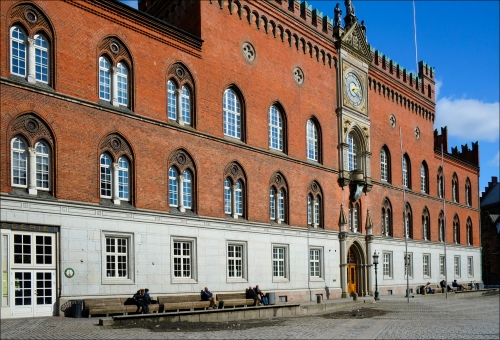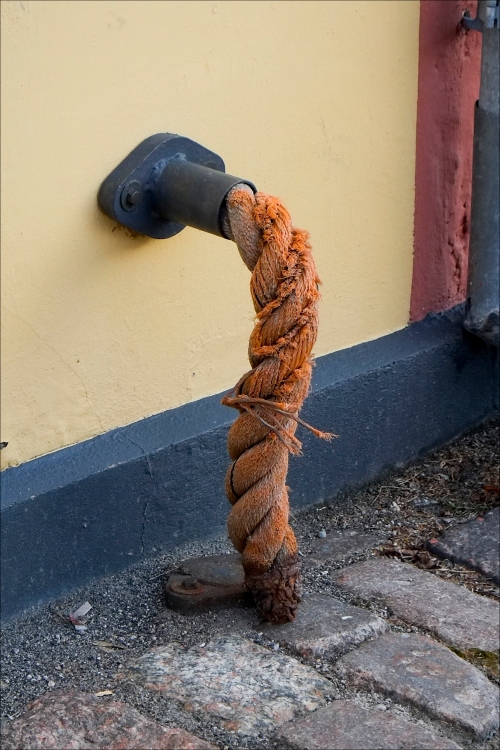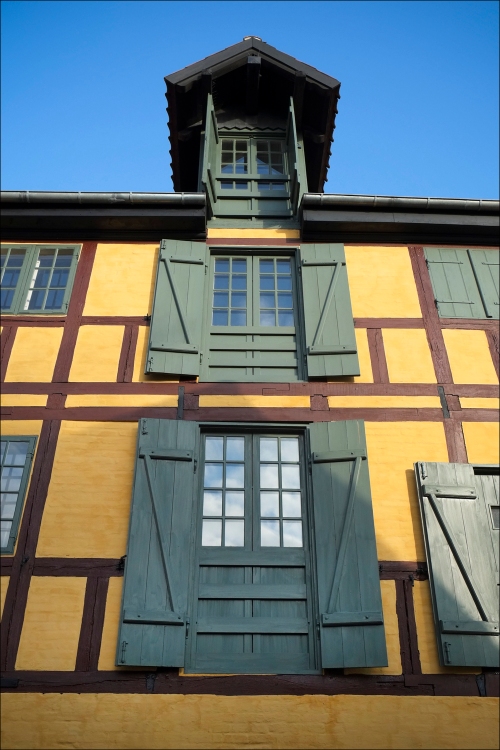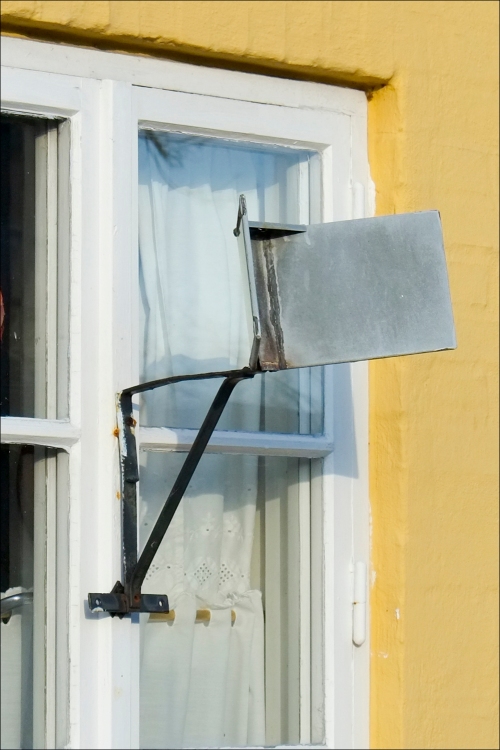
Frederiksborg is an amazing castle. What we see today is in fact the third incarnation of the palace. In 1550 Frederick II acquired the estate in an exchange agreement, renamed it Frederiksborg and began constructing buildings. His first son Christian spent much of his youth here and came to love it. When he became King Christian IV in 1558 he immediately ordered the existing building torn down and rebuilt in a Renaissance style. The project took just ten years, an enormous accomplishment at the time. It is still the largest Renaissance palace in the world.
Jacob Christian Jacobsen, the founder of Carlsberg Brewery, recognized the national significance of Frederiksborg and knew that the country alone could never afford to rebuild it. He embraced the project and using original plans and paintings from the period organized and funded the rebuilding of the entire structure. He also agreed to maintain and staff of the castle in perpetuity. The docents that greet and inform the millions of visitors all work for the Carlsberg Company.




Christian IV

In Frederiksborg there are at least 160 portraits of Christian IV. In this painting the crown sits on the right. It was considered too egocentric for a monarch, even one anointed by God, to be wearing the crown in a royal portrait. The visor of helmet is raised indicating that the country was at peace when the painting was made. Christian IV was not just interested in fine buildings, he loved wine, wars and women. He married twice and had 24 legitimate children. It is also thought that he had an additional 30 children with five different women, of which he acknowledged 26 who he provided for and dubbed his “Golden Lions”. When he died in 1648 he left the treasury completely depleted.
Throwing Down The Gauntlet
Karl Hansen Reistrup made this historic painting in 1909. It is titled “Niels Ebbesen avoids Count Gert” but I imagine what is really depicted is “Ebbesen Confronting Gert “. I was drawn to the picture because it is the first image I have seen that depicts the actual act of throwing down the gauntlet. Up until now I had imagined that the expression was a metaphor that simply referred to a challenge and not an actual act, but in the age of chivalry it was indeed a real thing and a grave insult so egregious that it could only be answered with personal combat.

In the painting we see that Ebbesen has enraged the entire group. Men are yelling, some are coming out of their saddles, everyone is tense and worried. Even the horses are pissed off. Not only has Ebbesen thrown down his gauntlet but has raised his hand in the classic three finger “up yours” gesture. He is definitely itching for a fight. I doubt that this encounter actually took place and that the painting simply expresses the conflict between the two men.

What really happened was that Gerhard III, a German Count from the house of Holsten, had levied exorbitant taxes on this part of Denmark. Ebbesen refused to pay. With an army of 11,000 men Gerhard advanced on Denmark to collect his debt by force. Gerhard set up his headquarters in the small town of Randers. On April 1, 1340 under the cover of darkness Ebbesen and just 47 knights advanced on the town. He took two of his most trusted men, snuck through the town and into the inn where Gerhard was staying. They made their way to his bedchamber, killed his guards, dragged Gerhard across the bed, lined his neck up with the bedstead and chopped off his head. The men then made their escape with the loss of only one man. This act solidified Ebbesen’s place in Danish folklore and made him Denmark’s first national hero. He will forever be a symbol of Danish resistance and rebellion against their German overlords.
His reputation was so powerful that in 1942, during the occupation, the author Kaj Munk wrote a play celebrating Ebbesen. Hilter so feared rebellion that the play and any writings about Ebbesen were outlawed.
Live Larsdotter

This portrait of Live Larsdotter was painted by P. van den Hulst in 1691. She was the famous astronomer Tycho Brahe’s housekeeper. This is the first time I’ve seen a royal portrait of a housekeeper. Her claim to fame was her longevity. She died in 1698 at the age of 123.
Dr. Johan Frederick Struensee

The German doctor Johan Frederick Struensee was King Christian VII’s personal physician. It seems that Christian VII was mad as a hatter. Historians suggest that he was schizophrenic and heard voices from an early age. The nobles were completely distraught until Dr. Struensee arrived at court and said he could cure the king. He couldn’t really cure Christian VII but he could keep him sedated and quiet which is really all the nobles wanted.
The good doctor came to realize that he could rule the country by keeping the king behind the scenes. Struensee got a little ahead of himself and staged a coup d’etat 1772, which got him executed. It’s truly unfortunate, apparently he was a pretty good ruler and most of his progressive ideas are part of Danish culture today.






































































































































